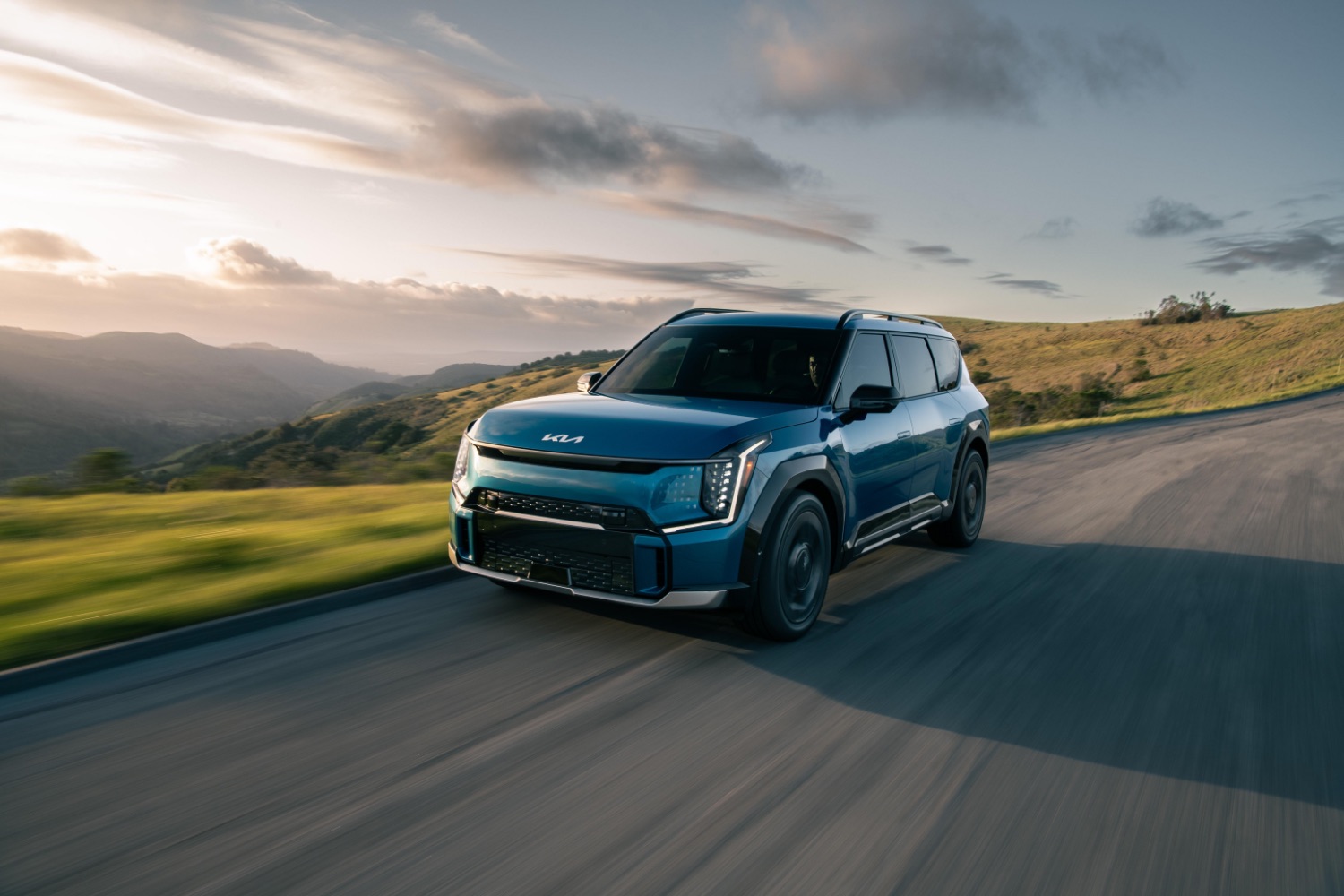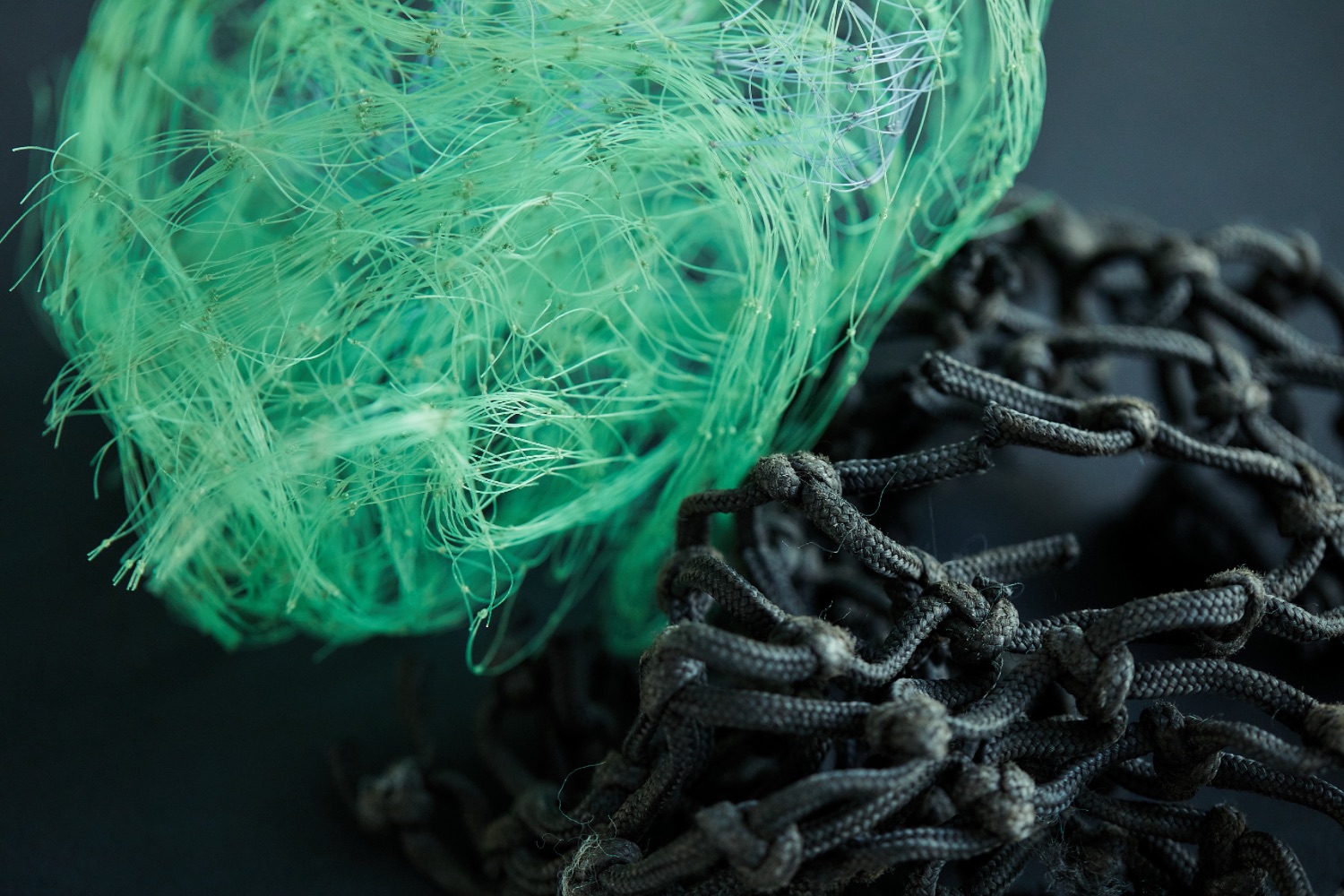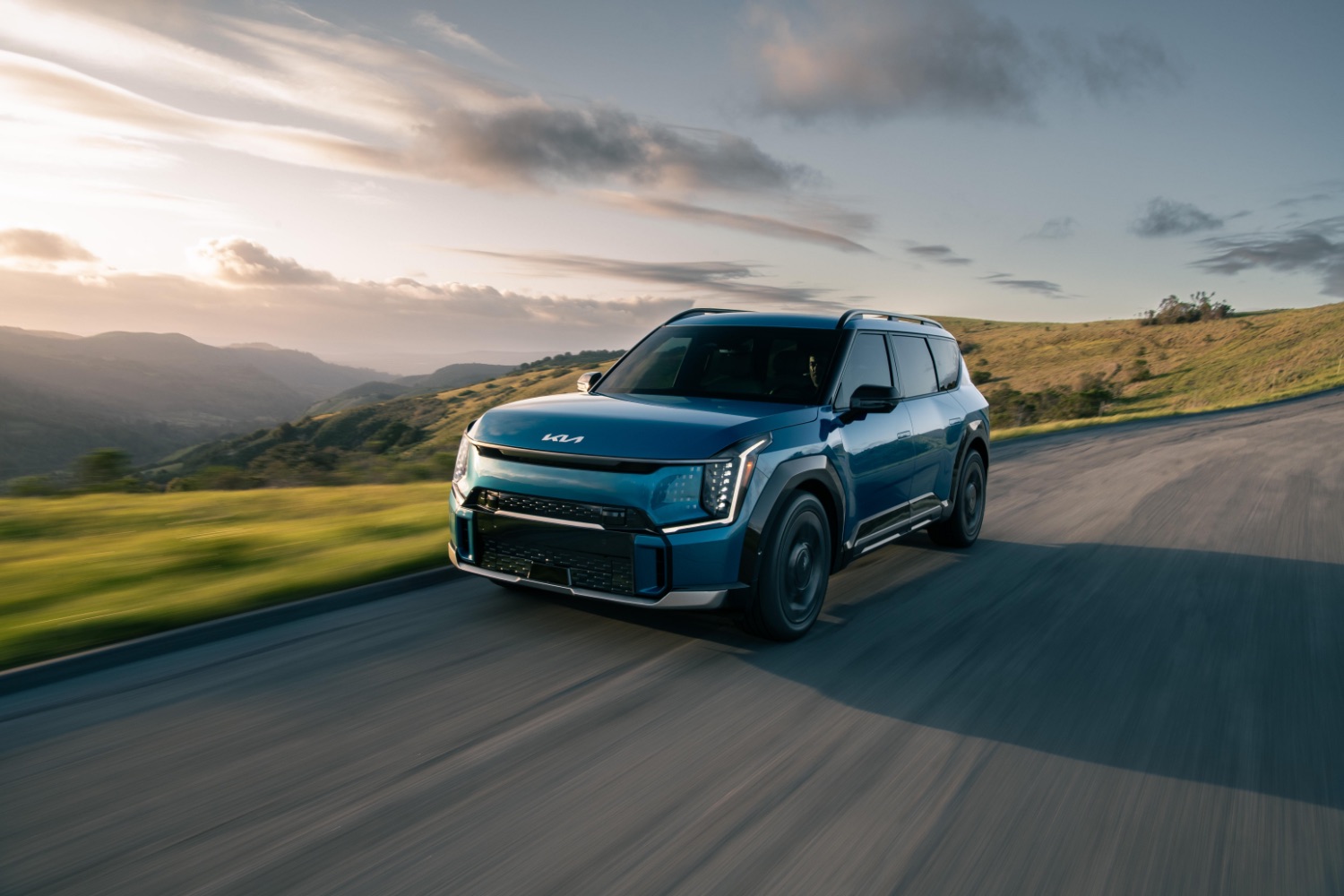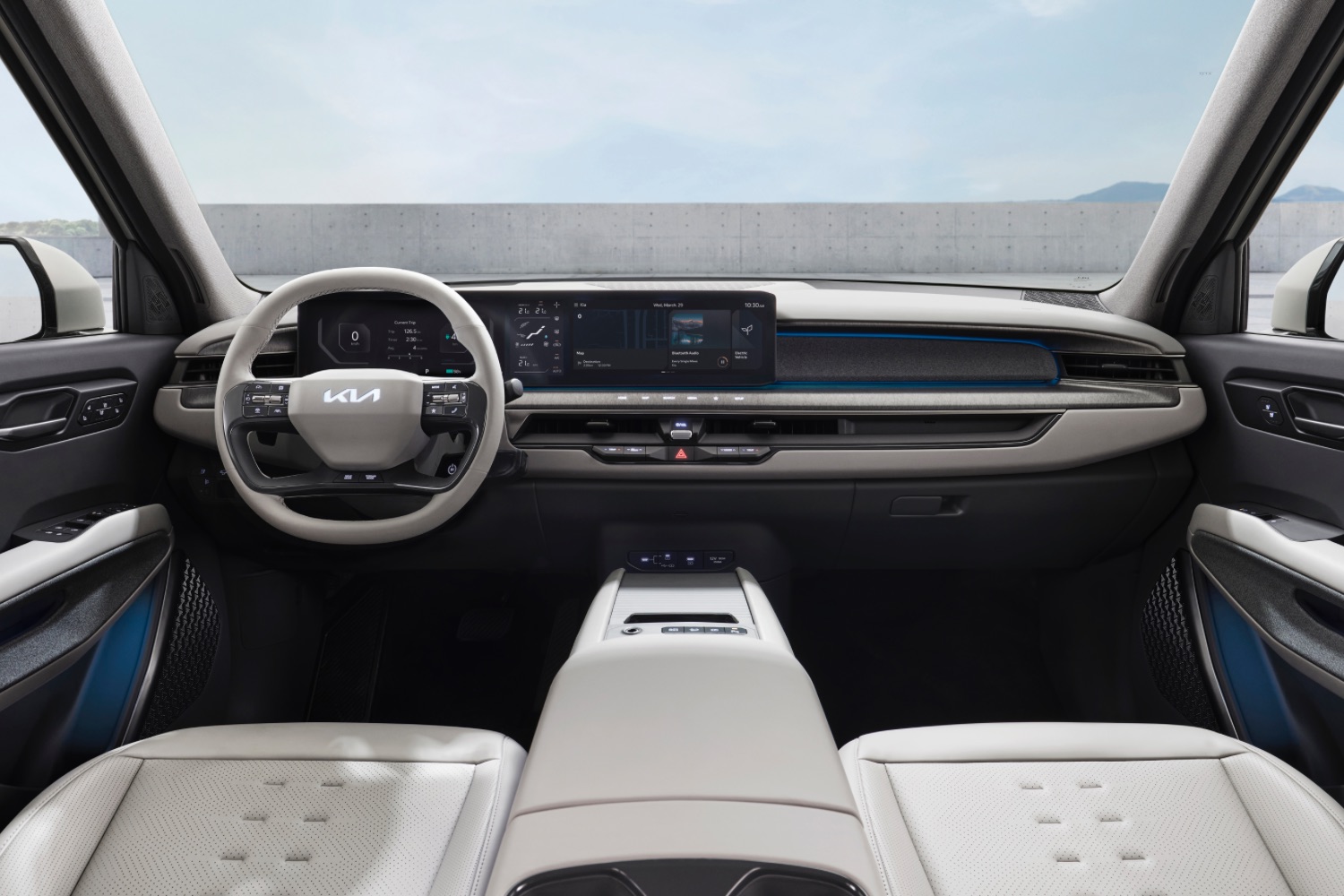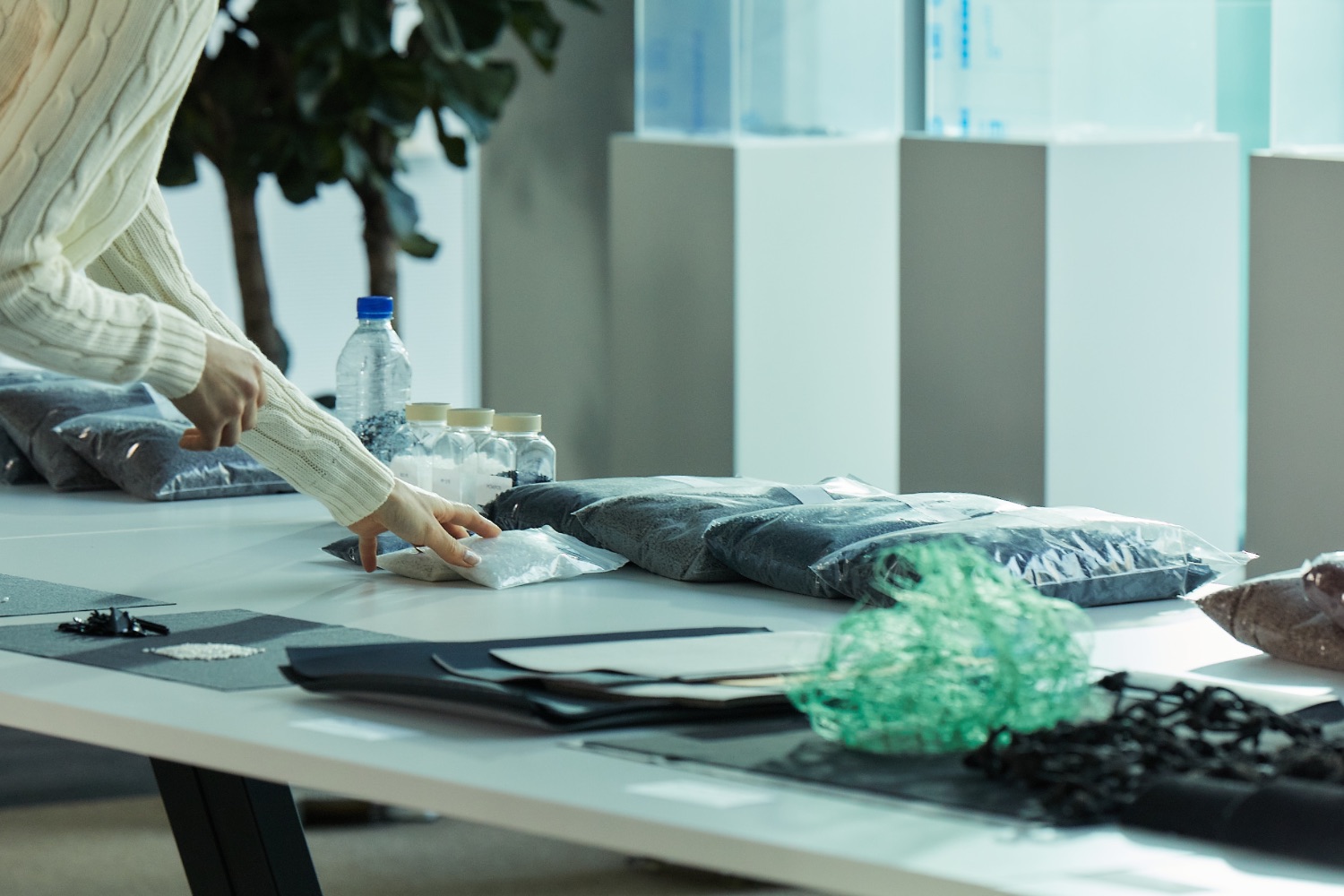As part of a drive to improve its sustainability, Kia has announced a new strategy that will see the use of recycled materials in its cars increase from the current 2 per cent to 20 per cent by the year 2030, with the intention for the company to become carbon neutral across its operations by 2045.
The plan is part of Kia's Design Sustainability Strategy, and it includes developing and using recycled materials in smarter and more visible ways, such as throughout the cabin of its next-generation models. Kia is also phasing out the use of leather in its vehicles. It already has experience using alternative materials; in 2014, the Soul EV featured bioplastic and bio-fibre made from sugar cane. It currently uses materials produced from recycled PET plastic bottles and discarded fishing nets in some fabrics and carpets, and Kia plans to double down on how much of these are used throughout the car.
With the forthcoming electric EV9, Kia plans to begin the rollout of what it describes as ten must-have sustainability items in its model lines. It will expand the use of bioplastic made from numerous renewable biomass sources, including corn extract, vegetable oils, sugar cane and even sawdust. This type of plastic is generally very durable and can be used for surfaces inside the cabin, such as pillars and garnishes.
The doors of the Kia EV9 use PCM (Post-consumer material) plastic from recycling existing material rather than new plastic pellets. Employing this method reduces the total amount of waste plastic that could otherwise find its way into landfills of the environment while also reducing the carbon output of producing new plastic pellets in the first place.
But plastics also come in numerous varieties, and different types are required in other car parts. An increasingly common method is recycling Polyethylene Terephthalate (PET), the most easily recycled plastic and offers several applications due to its resistance to moisture, solvents and impacts. Kia uses this material throughout the interior for the cabin headliner, sun visor, headrests and seats. Each EV9 uses the equivalent of at least 70 plastic bottles inside.
Recycled PET is also used entirely to produce the carpets of the EV9, with recovered fishing nets providing the basis for much of the material. Kia estimates that approximately 640,000 tons of fishing gear are discarded in the oceans yearly, resulting in countless deaths of marine life, from birds to whales. Kia is in a partnership with an organisation that is clearing up and collecting this material from the ocean to put it directly into recycling.
The phasing out of leather seats has led Kia to utilise Bio Polyurethane (PU) as the best alternative. Bio PU provides enough support, cushioning and durability to serve as a suitable alternative and ultimately contributes to a more sustainable balance. It can also be made into a foam product that, in the EV9's case, goes into the construction of the headrests.
Even the paint Kia is using will become less harmful to the environment through the use of rapeseed oil and vegetable oil rather than the alternatives that rely on the use of crude oil and chemicals to produce. Kia is also switching to paints free of benzene, toluene and xylene. The interior of the EV9 uses BTX-free paints that offer no reduction in visible quality.

